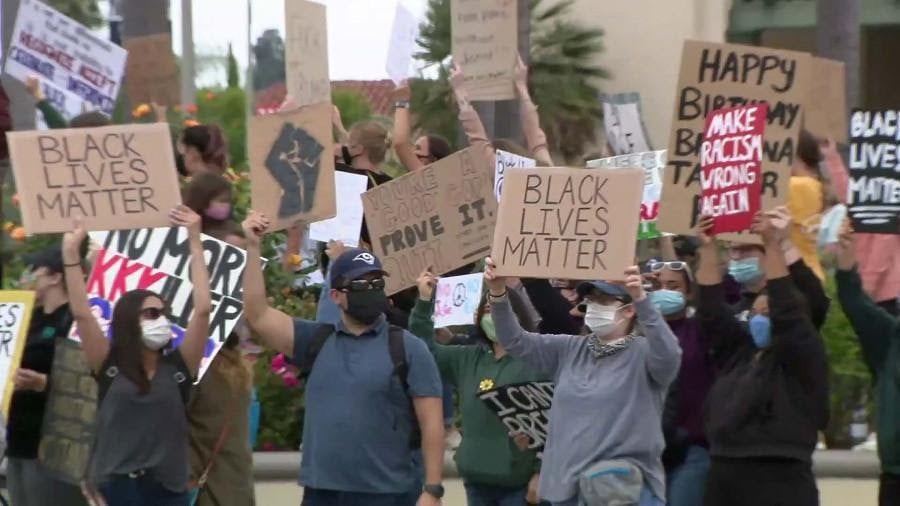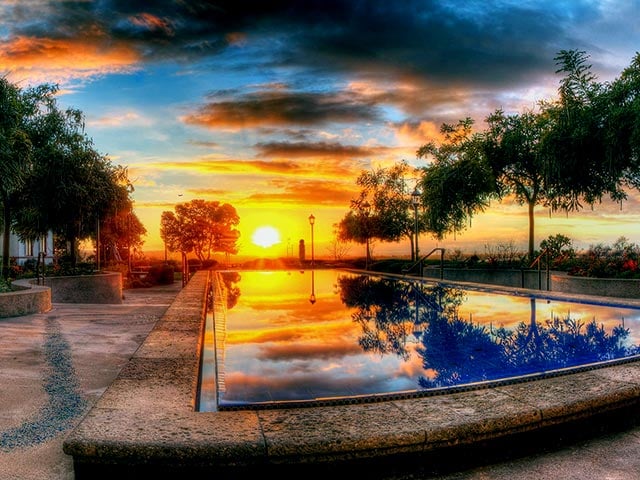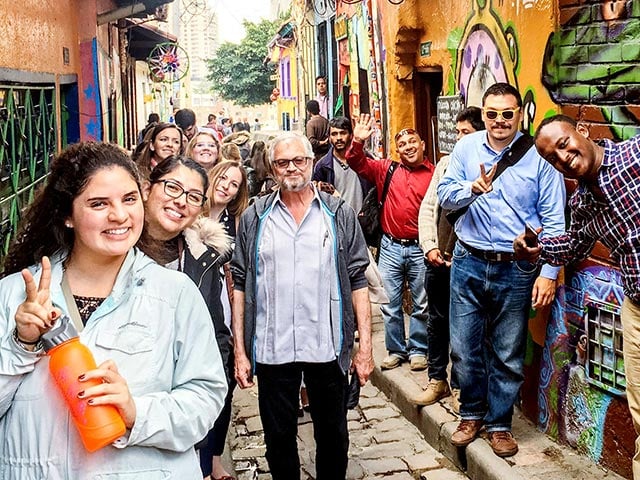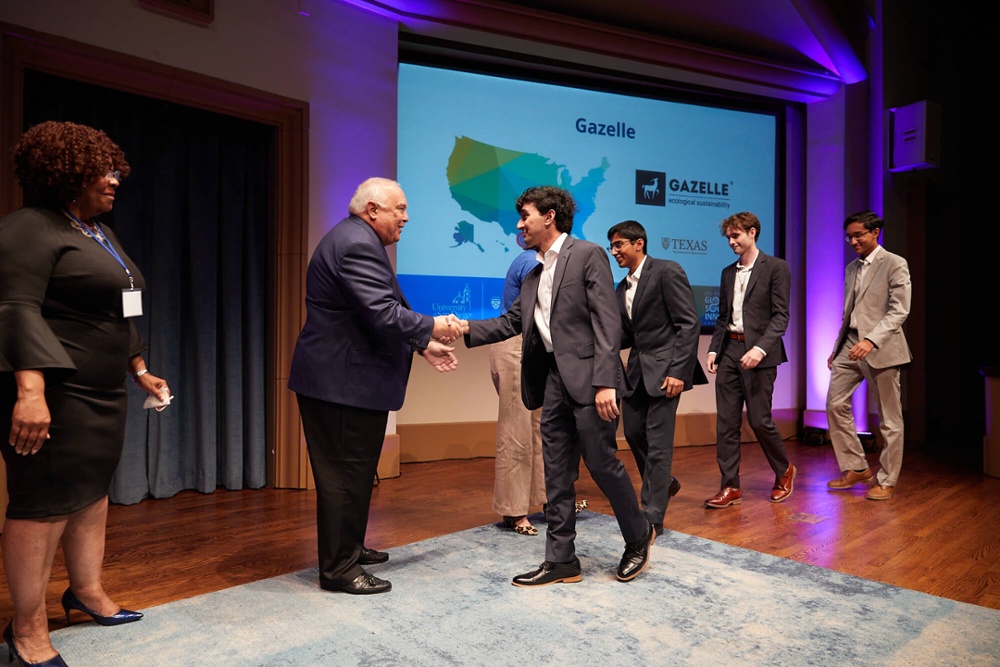The following blog post was contributed and written by Anya Janssen, MA in Peace and Justice and JD student at the University of San Diego
In two years’ time, I will have earned a Master’s Degree in Peace & Justice combined with a Juris Doctor Degree. I have ambitiously specific goals in mind for which to apply my educational privilege: to become a successful environmental attorney to protect the North American Great Lakes in my home state of Wisconsin, retiring with a judgeship on the Wisconsin Supreme Court. It’s good to dream big, right? Developing my future career plan was the “easy part.” Learning exactly what it means to practice environmental law is an entirely different challenge, especially with only my first year of law school behind me, followed by a one-year hiatus to study peace and justice.link

Imagine my excitement when, in my pursuit of a summer internship, I received a promising reply from one of the unsolicited emails I had sent to various environmental law firms, inquiring about their need for a summer intern. Everett DeLano, from DeLano & DeLano, found my resume favorable, and asked me to come in for an informal interview; I got the job! Despite my understandable anxiety about working in-person during the ongoing pandemic, I emerged from quarantine to inhabit my very own private office.
So far this summer, I have become acquainted with the bureaucratic tedium that underlies environmental law and policy. The first assignment I was given dealt with a client who intended to challenge the City of San Diego’s Parks Master Plan document, which for the sake of simplicity, was ‘not good enough.’ More or less I was dropped in the deep end to see if I could swim. I dove into the hierarchy of City government, starting with the City’s General Plan, which is the highest authority. My task: draft a comment letter to submit, with our client’s approval, to the Planning Commission.
Fast forward one week and I was slowly finding my footing, learning the right questions to ask, and being reminded how to think like a lawyer. And then to my surprise and immense satisfaction, my comment letter was praised, approved, and submitted! My supervisor remarked, with no offense, that he was truly expecting my attempt at a comment letter to be more of a source of ideas for him to take and then incorporate himself into an actual work product. He was surprised and duly impressed. He worked with me to revise and perfect it while guiding me through the strategic maneuvering to appease our unrelenting client. I was off to a great start!
But as the reality of the law-in-practice set in, in some respects, I was forced to reconcile my idea of the law-in-theory with its real limitations. This summer has not, and will probably not, include a massive lawsuit against a criminal polluter, for example, or a fight to protect future generations from anthropogenic climate change. That does not mean, necessarily, that these environmental justice items will be absent from my future career. Additionally, while perhaps less gratifying, the utilization of City Municipal Codes or local ordinances, alongside state and federal environmental law and policy, can stop or at least mitigate harmful development to land or threats to wetlands, etc. It’s all about uncovering the subtleties in the law, crafting the best and most persuasive argument, and anticipating and undercutting the opponent’s arguments.
An exciting aspect of the law, if deployed for justice in truth, is the potential for the abhorrent imbalance of power between a corporate developer or polluter and concerned citizens to be addressed and equalized. The public voice can be heard through legal avenues, translated into a legal language that cannot be ignored. As a future lawyer, I am here now absorbing the tact and skills required to be an agent for environmental justice.
And on the note of environmental justice…racial justice is inseparable from the issue of environmental injustice faced by all humanity, disproportionately by Indigenous Communities and POC. Showing a united front, I joined my law office on June 5th to demonstrate with the City of Escondido in support of BLM, and in protest of racist police brutality. The peaceful rally was powerful and sobering and was also the first time in months that I had been in a crowd of people (albeit masked). It was worth the public health risk. The fact that part of my environmental law internship involved the voluntary participation in this racial justice movement spoke volumes to me. The attorneys at this law firm care with genuine passion and I am honored to be here, learning from them.
Interested in our JD/MAPJ Dual Degree in Law and Peace & Justice from the University of San Diego's School of Law and Kroc School of Peace Studies? Learn more here.
Contact:
Kevin Dobyns
kdobyns@sandiego.edu
(619) 260-7618

About the Author
The Joan B. Kroc School of Peace Studies (Kroc School) at the University of San Diego is the global hub for peacebuilding and social innovation. Founded in 2007, the Kroc School equips the next generation of innovative changemakers to shape more peaceful and just societies. We offer master's degrees in peace and justice, social innovation, humanitarian action, conflict management and resolution, and a dual degree in peace and law — programs that have attracted diverse and dynamic students from more than 50 countries. In addition to our graduate programs, the Kroc School is home to the Kroc Institute for Peace and Justice (Kroc IPJ). Founded in 2001, the Institute supports positive change beyond the classroom. Through groundbreaking research, experiential learning, and forward-thinking programs, the Kroc School and Kroc IPJ are shaping a future in which peaceful co-existence is the new normal.





